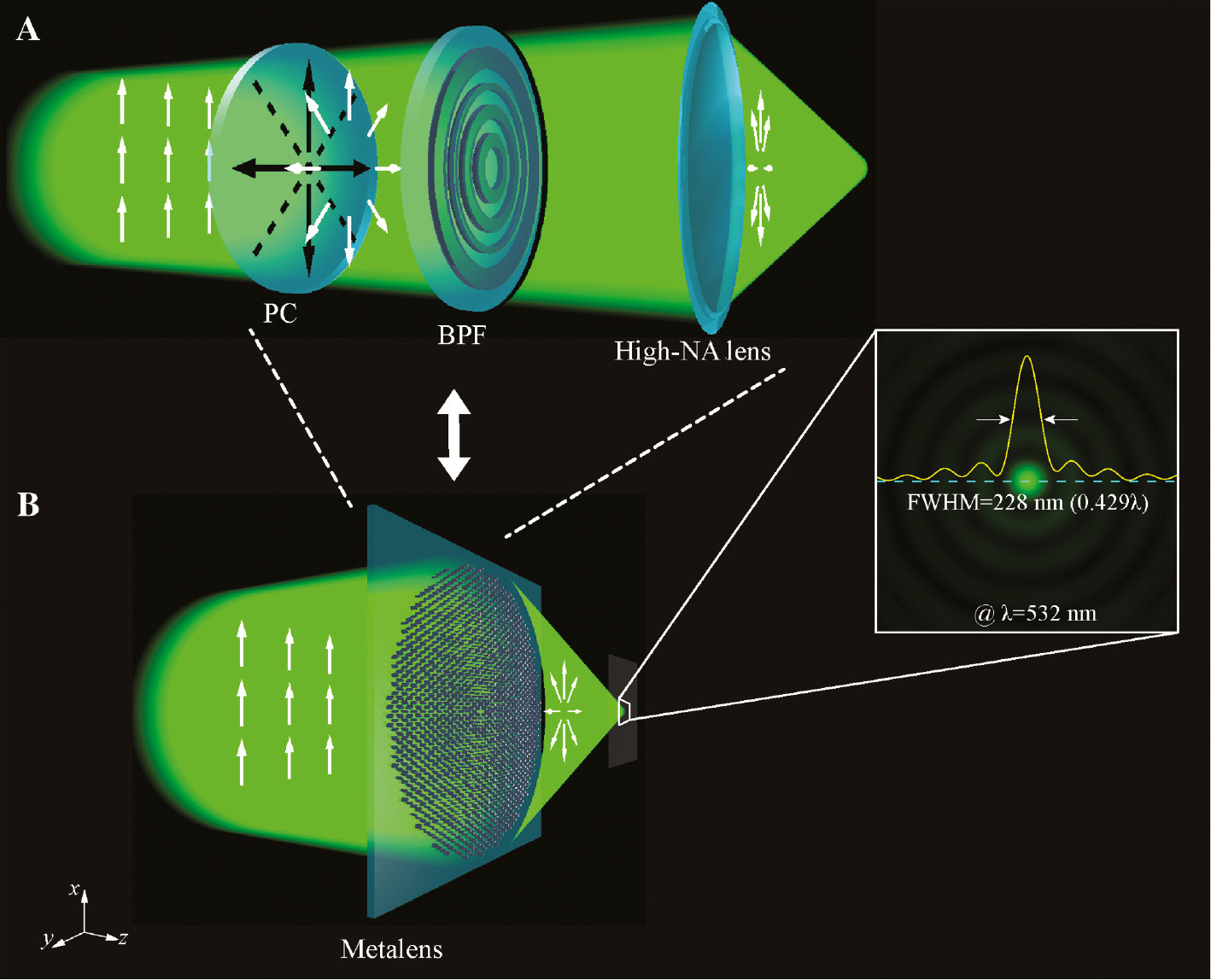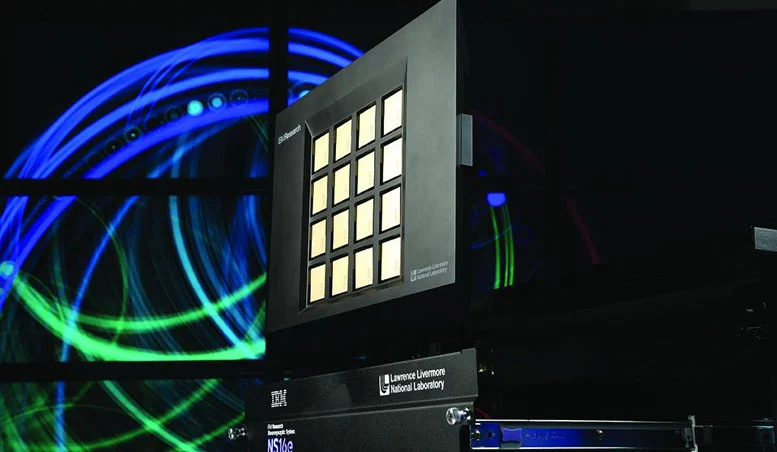Quantum Tech Breakthrough Could Enable Direct Imaging of Earth-Like Exoplanets
- bypari rathore
- 04 August, 2025

Astronomers have unveiled a groundbreaking quantum-optical coronagraph that could revolutionize the direct imaging of Earth-like exoplanets previously obscured by the glare of their host stars. Developed by a team at the University of Arizona, this innovative device employs quantum-sensitive techniques to isolate and capture the faint light emitted by planets situated close to bright stars, a feat that has challenged traditional telescopic methods.
Quantum Coronagraph: A Leap Beyond Traditional Imaging

Traditional coronagraphs work by physically blocking the intense light from a star, allowing the dimmer light from surrounding exoplanets to be observed. However, their effectiveness is limited when it comes to detecting planets that are extremely close to their stars. The new quantum coronagraph overcomes this limitation by utilizing a technique known as spatial mode sorting. This method differentiates between stellar and planetary light based on their spatial characteristics, effectively filtering out the overwhelming starlight and enhancing the visibility of nearby exoplanets .
Achieving Sub-Diffraction Imaging Precision
One of the most remarkable features of this quantum coronagraph is its ability to achieve imaging precision beyond the classical diffraction limit. In laboratory settings, the device demonstrated the capability to detect exoplanets at a star-to-planet contrast ratio of 1000:1, even when the angular separation between the star and planet was below the traditional diffraction threshold . This advancement opens new possibilities for observing planets in habitable zones that were previously inaccessible due to their proximity to bright stars.
Implications for Exoplanet Research and Beyond
The development of this quantum coronagraph signifies a significant step forward in the quest to discover and study Earth-like exoplanets. By enabling direct imaging of planets that are both faint and close to their host stars, astronomers can now explore a wider range of planetary systems for signs of habitability and potential life. Furthermore, the principles underlying this technology have potential applications beyond astronomy, including advancements in quantum sensing and medical imaging .
As this technology progresses from laboratory demonstrations to integration with space-based observatories, it promises to enhance our understanding of the universe and the potential for life beyond our solar system.
Note: Content and images are for informational use only. For any concerns, contact us at info@rajasthaninews.com.
TSMC Optimistic Amid...
Related Post
Hot Categories
Recent News
Daily Newsletter
Get all the top stories from Blogs to keep track.





_1760526058.png)





